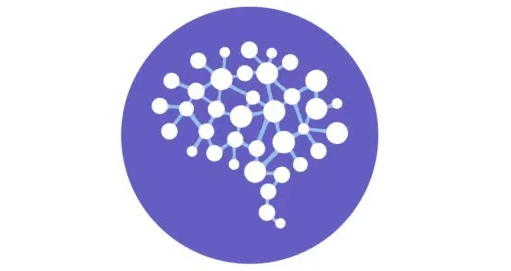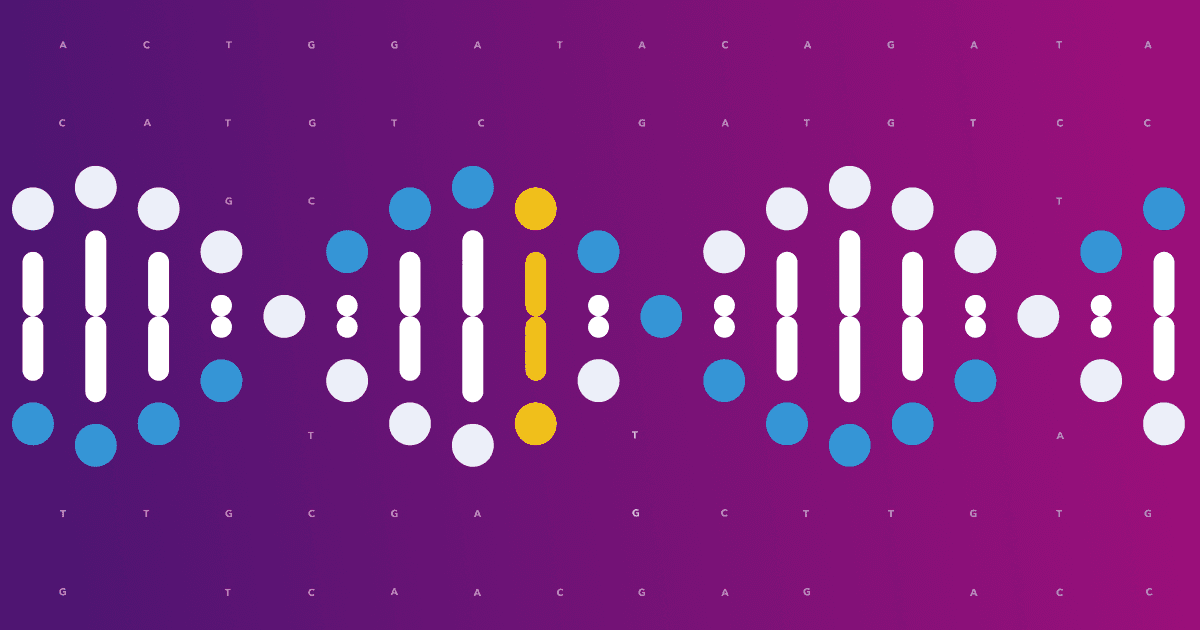What stories and breakthroughs shaped the year in science and genetics?
That was the question we asked a group of 23andMe leaders who are experts in everything from human genetics to product science to diversity, equity, and inclusion.
Their wide-ranging responses span disciplines. You’ll find biology breakthroughs, public health declarations, illuminating visualizations, AI technologies, and rigorous scientific debates.
COVID-19 is well represented in their answers, too, including new gains in scientific literacy as we continue to add terms like “spike protein” and “T cells” to the lexicon.
The result is a list that collectively embodies our core value of scientific discovery and captures a year of progress.
Virology, Variants, Vaccines: A New Era of Scientific Literacy
Joe Arron, Chief Scientific Officer

“Any way you slice it, the biggest story of the year — genetic or otherwise — is the coronavirus pandemic. The global scale of COVID-19’s effects on health, politics, economics, and culture is staggering, but observing biology plays out in real-time has been equally staggering.
I have been struck by the dramatic rise in scientific literacy across our society. This is partly because scientists, journalists, and politicians have worked to understand and explain rapidly changing developments in viral variants, vaccines, antiviral therapies, epidemiology, and public health guidelines. These explanations often use technical molecular terms that have become part of our everyday language.
For example, soon after the Omicron variant of SARS-CoV2 was discovered and sequenced, you could find visualizations of a molecular model of the spike protein mutations in the media. As an immunologist, it’s gratifying to see both the public’s interest in such things as antibodies, T cells, and viruses, as well as the patience and enthusiasm with which my colleagues endeavor to explain these complex processes in accessible language.
While we all hope that this pandemic will soon recede into memory, I also hope that our society will remain engaged in seeking a deeper understanding of science, medicine, and the power of genetic technology to benefit human health.”
Racism is a Public Health Crisis for Black Americans
Melinda King, Director of Diversity, Equity, and Inclusion and People Business Partner

“I read an article from 60 Minutes on CBS News recently that shared what most healthcare professionals already know: there is a healthcare disparity gap for minorities compared to their white peers. There are many reasons for this gap, many of which are rooted in the by-products of systemic racism. However, Dr. David Williams, a professor and chair at Harvard’s T.H. Chan School of Public Health, has spent his career researching and sharing information on what the CDC now recognizes: racism itself can be a killer.
Dr. Williams classifies the various levels of mistreatment using an Everyday Discrimination Scale, which includes nine elements designed to assess an individual’s daily experience of discrimination. The scale tries to gauge well-being by asking questions like:
- How often are individuals treated with less courtesy than others?
- How often are individuals treated with less respect than others?
- How often do they receive worse service in restaurants or stores?
- And how often do people act as if they’re afraid of them?
Individuals with a high score tend to also have adverse health outcomes. A high score is associated with high blood pressure, diabetes, cardiovascular disease, and poor mental health.
Dr. Williams’s research also demonstrates that the health of Black Americans suffers whether they are rich or poor, well-educated or not. For example, Black women with college degrees are more likely to see their babies die as infants than white women who didn’t finish high school. Even when they are treated in the same healthcare settings, Black Americans receive worse care.
While there is nothing new for me from this article, this has been my ancestors’ journey. And I appreciate the research that supports what we know — racism is a killer. To improve the health and well-being of minorities, we have to spend an equal amount of energy on eliminating racism.
As a company that leads with science and is focused on improving the health outcomes for everyone, this provides us with another angle to help close the healthcare gap. As we work to conduct research and develop therapeutic solutions, we should also focus equal time and resources to eradicating racism.”
Predicting Protein Structures with Atomic Accuracy
Adam Auton, Vice President, Human Genetics

“The AlphaFold publication is likely the most impactful research of the year regarding our ability to accurately predict protein structure.
Understanding protein structure is critical for understanding biological function; knowing how a protein folds allows us to understand its shape and the protein’s function following that shape.
However, predicting protein structure from the DNA sequence has been challenging for decades. As a result, only a relatively small number of proteins have had their structures “solved” by experimental means.
This year, the DeepMind team released their AlphaFold technology, which used Machine Learning techniques to make tremendous strides in improving protein structure predictions. This technology has now been used to make structure predictions for every protein in the human genome and really opens a door for understanding biology in a way that wasn’t possible before.
The Past – and Future – of mRNA
Paul Johnson, CEO, Lemonaid, and Vice President, General Manager Consumer
“The Fast Company article, How BioNTech created a new delta-focused COVID vaccine in just a few weeks, described how creating some vaccines has become almost as easy as updating software code using mRNA. That was unheard of until recently and is critical as we encounter future viral illnesses and variants. It also lets us re-imagine how we might retool existing vaccines.
Much like software, it’s now possible for biology to be sequenced and programmed using a “platform technology” so that if you change a sequence of the code, it is stable enough that everything else remains the same. What used to take years now takes weeks. Like many breakthroughs, this discovery of mRNA as a potential platform in care delivery was not an overnight success. It was a consequence of risk-taking, personal sacrifice, and resilience.
This background article written before the approval of the mRNA vaccine is equally inspiring. It details the bold vision of Hungarian-born scientist Katalin Karikó, who spent the 1990s getting rejected for her grants for mRNA.
In 1995, she was demoted when her bosses thought the pursuit of mRNA was a dead end. Yet, she persisted, and the foundational science behind her work is the pillar to our mRNA vaccines today.”
Polygenic Scores Enter the Mainstream
Shirley Wu, Director, Product Science

“While there have been many compelling genetics stories related to the COVID-19 pandemic, one theme in genetics that I’ve found very interesting this year was the conversation around polygenic scores.
Polygenic scores are statistical models that combine the effects of potentially thousands or millions of genetic factors, sometimes alongside other factors, to predict the likelihood of a disease or trait in an individual. These started to become part of the academic sphere about five to eight years ago, but this year it became clear that they’ve entered the mainstream.
Biotech and pharmaceutical companies are leveraging them to improve drug development, healthcare systems are beginning to apply polygenic scores to patient populations, and companies (including 23andMe) are offering them to consumers and healthcare providers.
With that comes all the challenges and debates around ensuring validity, demonstrating utility, and ethical questions. Also, are models that predict traits like intelligence or neurodivergence appropriate? And how do we address health disparities, given that most of the data underlying these models are from samples of European descent?
A common thread that ties this discussion to what we do at 23andMe is figuring out how to broaden access to the benefits of the genome in a responsible, science-driven way. I’ll follow closely where this conversation goes in the next year and beyond!”




